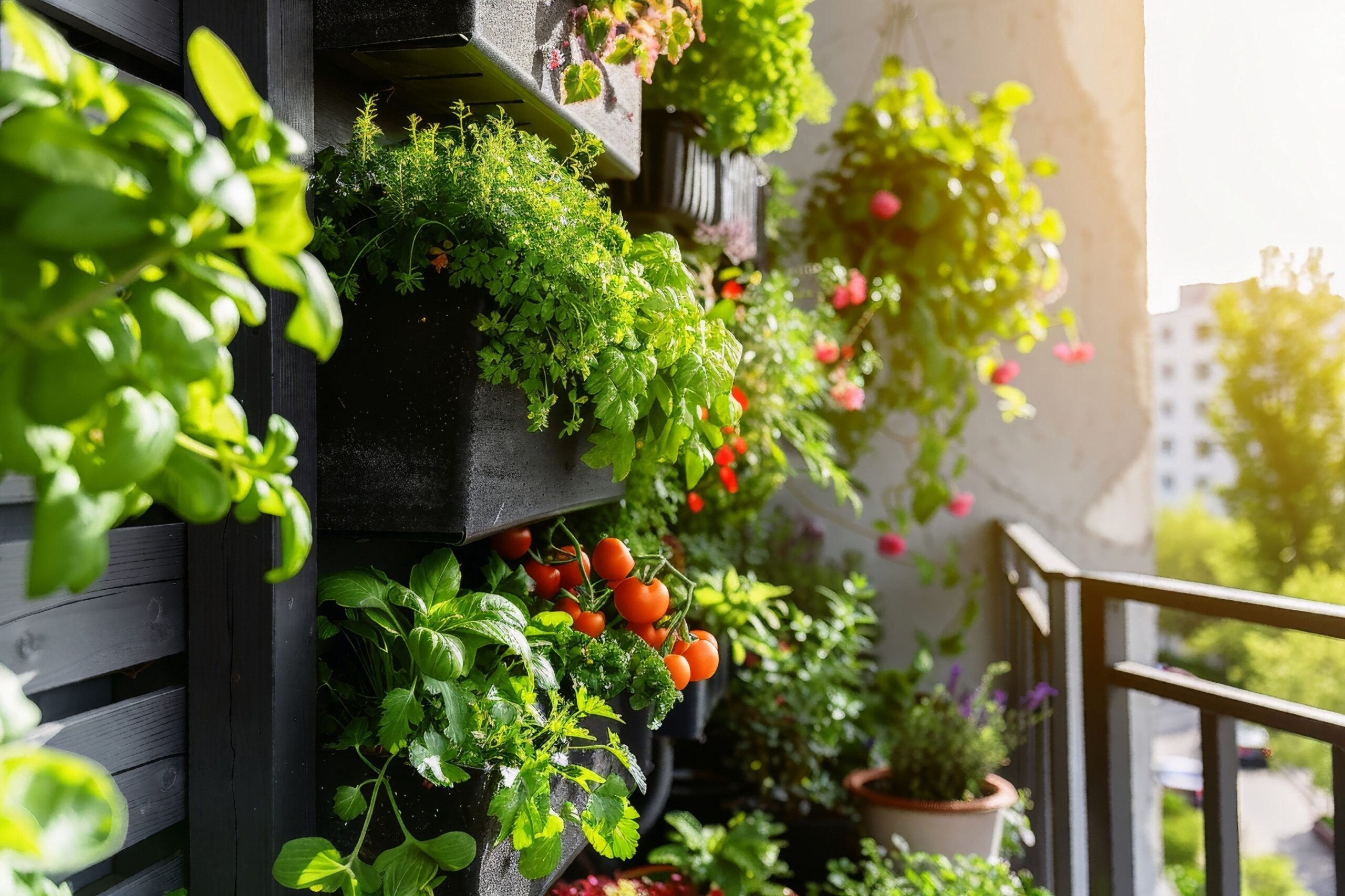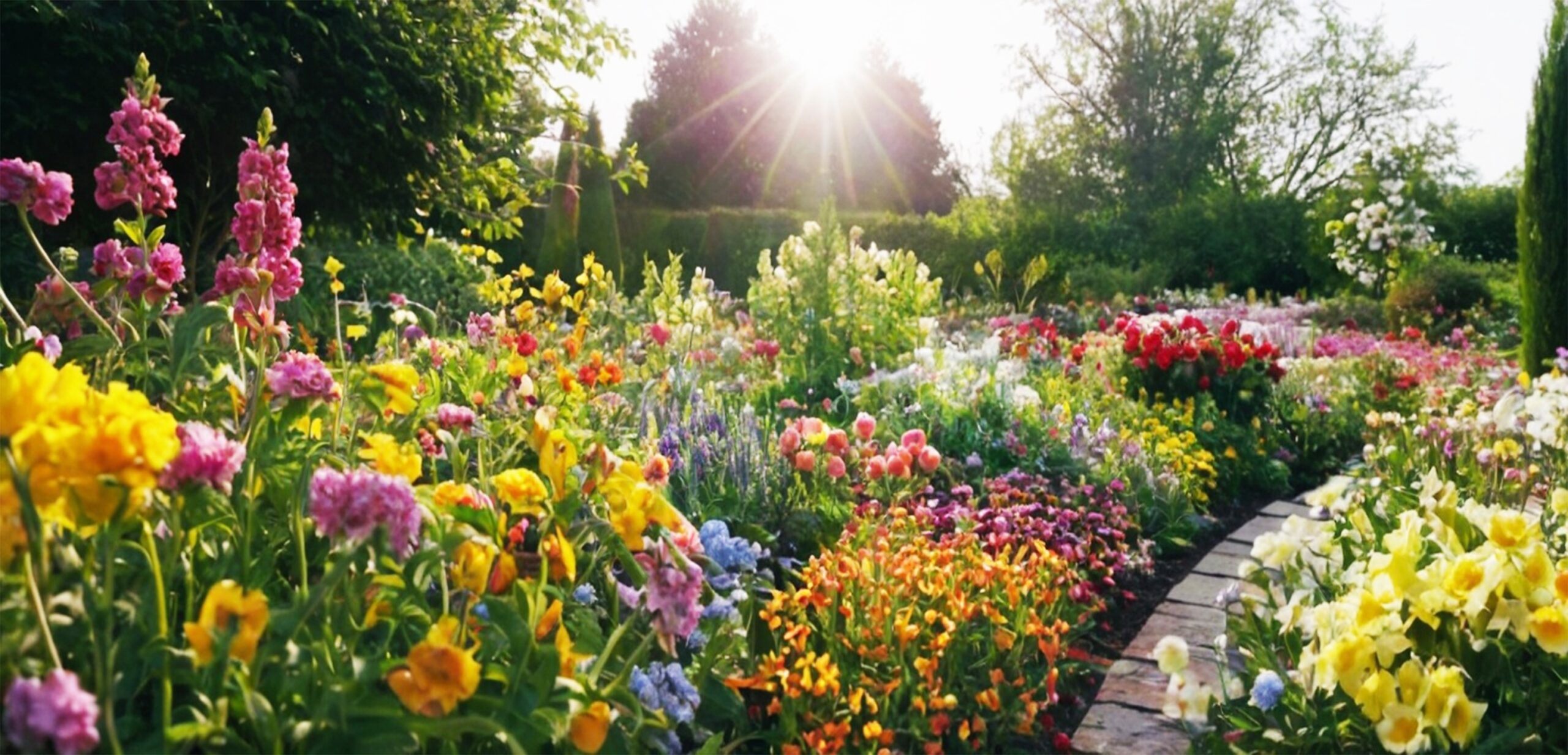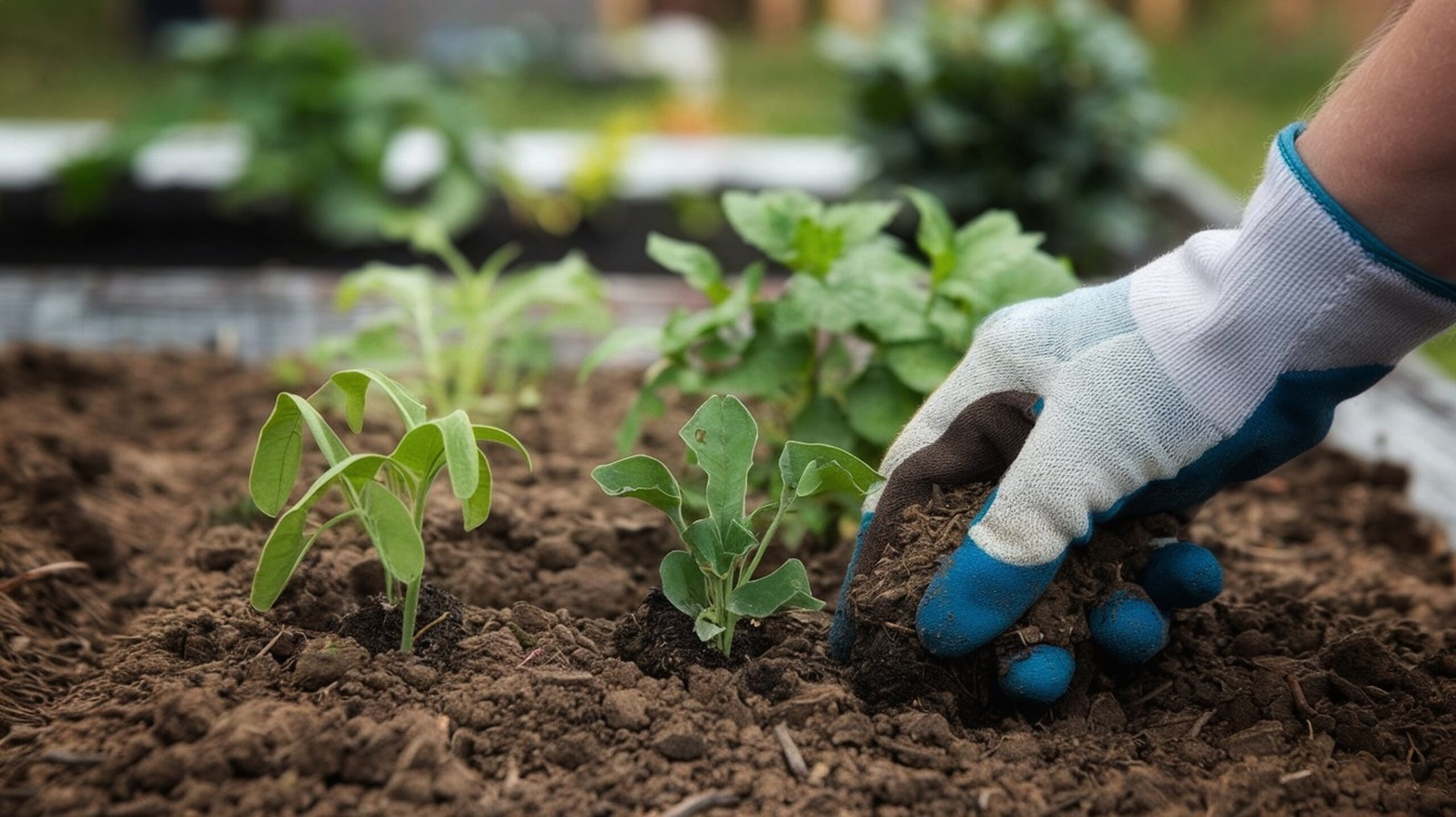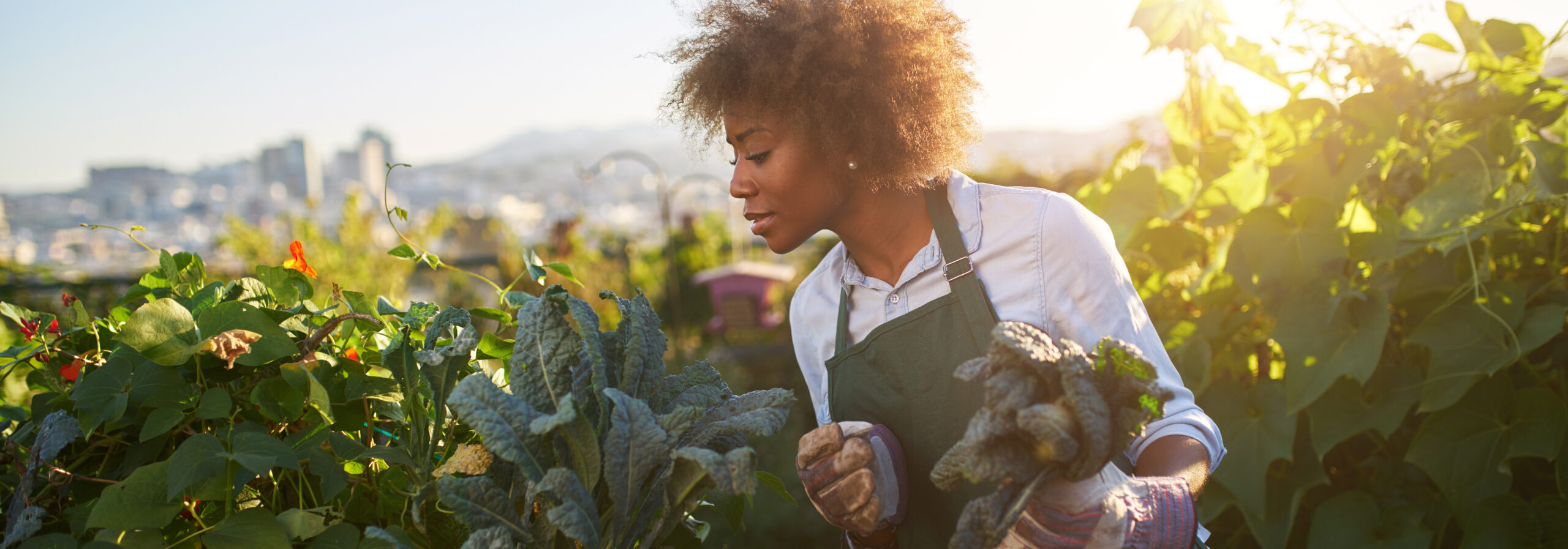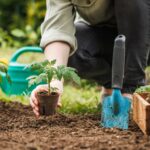Smart solutions to reduce waste in the garden.
Sustainability starts at home—and what better place to practise it than your own garden? Whether you’re growing herbs on a balcony or managing a full veggie plot, sustainable gardening is about working with nature, not against it. In this guide, you’ll find clever, practical hacks that help you reuse materials, recycle creatively, and even regrow kitchen scraps. These tips are planet-friendly, budget-conscious, and just plain fun.
Outline
- Why Sustainable Gardening Matters
- Reuse What You Already Have
- Creative Recycling in the Garden
- Kitchen Scraps You Can Regrow
- Compost Like a Pro
- Water-Saving Tricks
- Sustainable Pest Control
- Low-Waste Garden Tools & Supplies
- Final Thoughts
Why Sustainable Gardening Matters
Gardening already feels like a sustainable practice—but there’s always room to grow greener.
Sustainable gardening means:
- Using fewer resources (water, energy, plastic)
- Creating less waste
- Feeding the soil, not just the plants
- Building biodiversity
- Cutting your carbon footprint
It’s better for the planet—and often cheaper, too.
Reuse What You Already Have
You don’t need fancy equipment. The best tools might already be in your recycling bin or garage.
| Household Item | Garden Use |
|---|---|
| Egg cartons | Seed starters |
| Toilet rolls | Mini pots for seedlings |
| Old spoons | Plant markers |
| Yogurt pots | Scoop soil, start seeds |
| Takeaway containers | Mini greenhouses |
Pro tip: Use an old colander as a hanging basket—it already has drainage holes!
Creative Recycling in the Garden
Think beyond the bin. With a bit of imagination, “rubbish” becomes resource.
Try These:
- Broken pots or tiles: Use as drainage or mosaic décor
- Wine bottles: Flip upside-down to slow-release water
- Pallets: Build compost bins, planters, or vertical gardens
- Old furniture: Turn drawers into plant beds or stools into stands
- Plastic milk jugs: Cut into watering cans or mini greenhouses
🌱 One person’s trash is a gardener’s treasure.
Kitchen Scraps You Can Regrow
You don’t need seeds for everything! Regrow your favourites from leftovers.
Regrow These from Scraps:
- Spring onions: Place white roots in a glass of water
- Lettuce & celery: Grow from the base in shallow water
- Basil & mint: Root cuttings in water, then plant
- Garlic: Plant a single clove
- Potatoes: Use sprouting bits to grow new plants
Tip: Change water every few days until roots develop, then move to soil.

Compost Like a Pro
Composting is the heart of a sustainable garden—it transforms waste into nutrient-rich soil.
Compost Do’s:
- Vegetable scraps
- Coffee grounds
- Crushed eggshells
- Shredded newspaper
- Garden clippings & leaves
Avoid:
- Meat or dairy
- Oily or cooked food
- Pet waste
Use a DIY bin or just start a heap in a corner of your garden. Even small balconies can fit a compact bokashi bin or worm farm.
Water-Saving Tricks
Gardens can be thirsty—but smart watering can cut usage in half.
Top Tips:
- Mulch: Keeps soil moist and cool
- Drip irrigation: Targets the roots, not the leaves
- Water early or late: Less evaporation
- Group plants by water needs
- Use greywater: From rinsing veg or collected rainwater
DIY Hack: Place a sponge at the bottom of a pot to retain moisture.
Sustainable Pest Control
Skip the chemicals. Nature has its own pest control—if you let it.
Eco-Friendly Options:
- Companion planting: Basil with tomatoes, marigolds near lettuce
- Homemade sprays: Garlic or neem oil
- Encourage predators: Ladybirds, frogs, and birds eat pests
- Physical barriers: Nets, cloches, and crushed eggshells
Balance is key—your goal isn’t zero pests, but a healthy ecosystem.
Low-Waste Garden Tools & Supplies
Sometimes buying is unavoidable—but you can still choose wisely.
Sustainable Shopping Tips:
- Choose wooden or metal tools over plastic
- Buy second-hand at markets or online
- Opt for peat-free compost
- Pick local plants adapted to your climate
- Use seed swaps or save your own
Seed Saving Tip: Tomatoes, beans, and lettuce are easy beginner-friendly options.
Final Thoughts
You don’t need to overhaul your garden to make it greener. Small steps—like reusing containers, growing from scraps, or composting—can make a big impact.
A sustainable garden is creative, thrifty, and wildly rewarding. You’re not just growing food or flowers. You’re nurturing a living, breathing eco-system—one that benefits your health, your budget, and the planet.
🌎 Think global. Garden local.



